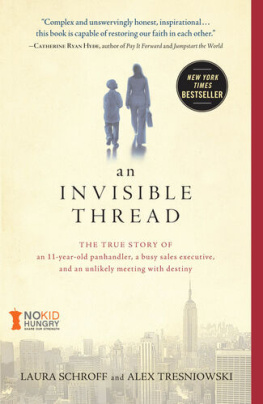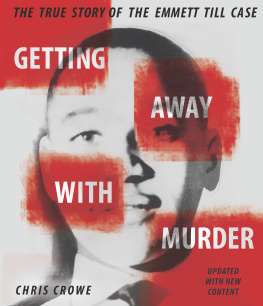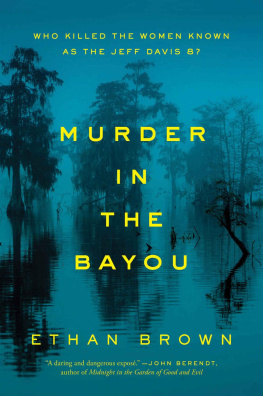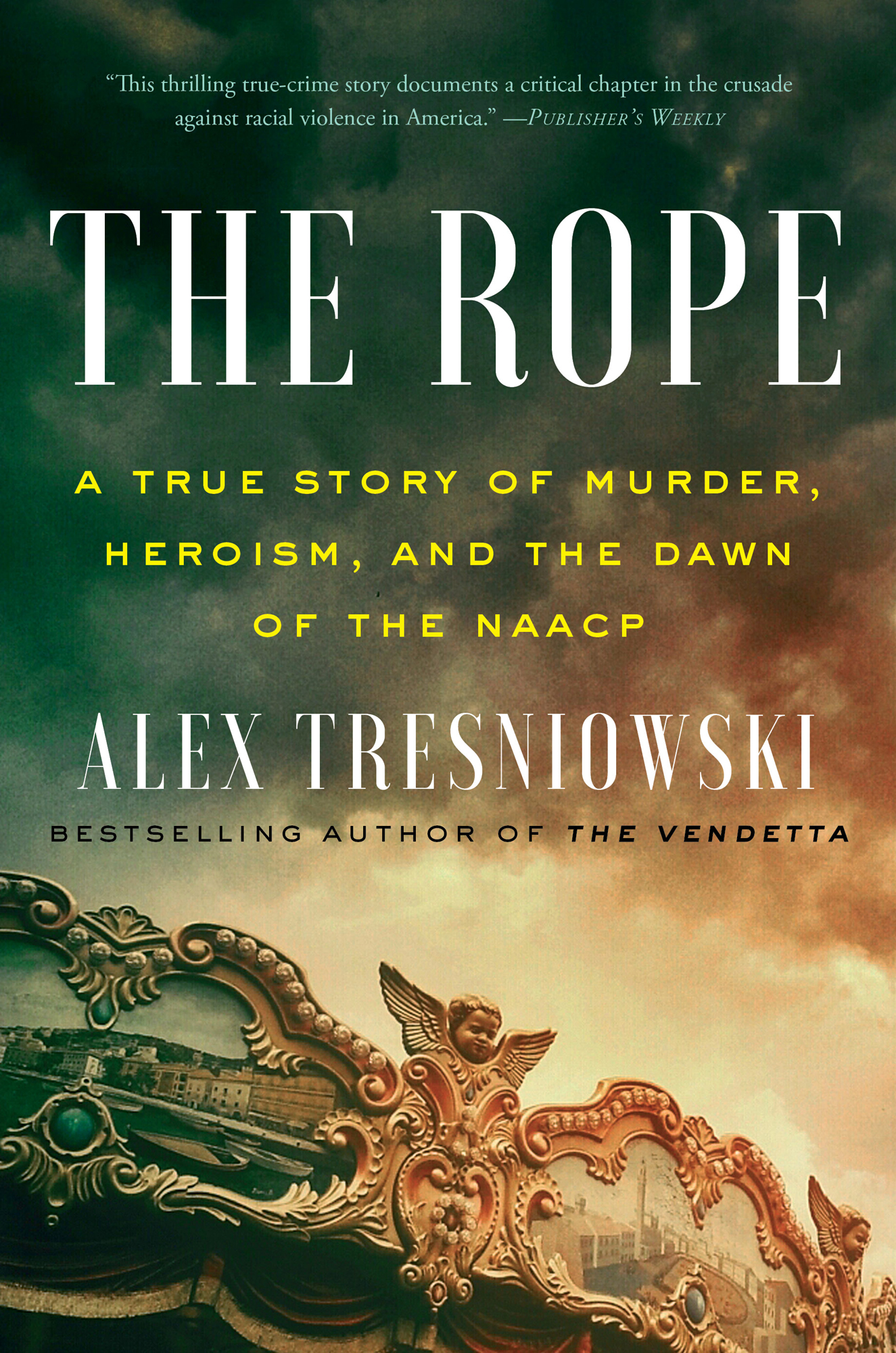Contents
Guide

Simon & Schuster, Inc.
1230 Avenue of the Americas
New York, NY 10020
www.SimonandSchuster.com
Copyright 2021 by Alex Tresniowski
All rights reserved, including the right to reproduce this book or portions thereof in any form whatsoever. For information, address Simon & Schuster Subsidiary Rights Department, 1230 Avenue of the Americas, New York, NY 10020.
First 37 INK/Simon & Schuster hardcover edition February 2021
37 INK/SIMON & SCHUSTER and colophon are trademarks of Simon & Schuster, Inc.
For information about special discounts for bulk purchases, please contact Simon & Schuster Special Sales at 1-866-506-1949 or .
The Simon & Schuster Speakers Bureau can bring authors to your live event. For more information or to book an event, contact the Simon & Schuster Speakers Bureau at 1-866-248-3049 or visit our website at www.simonspeakers.com.
Interior design by Kyle Kabel
Jacket design by Alison Forner
Jacket Photograph by Alessandro Comandini/Eyeem/Getty Images
Names: Tresniowski, Alex, author. Title: The rope : a true story of murder, heroism, and the dawn of the NAACP / Alex Tresniowski. Description: First 37 INK/Simon & Schuster hardcover edition. | New York, NY : Simon & Schuster, [2020] Identifiers: LCCN 2020046660 (print) | LCCN 2020046661 (ebook) | ISBN 9781982114022 (hardback) | ISBN 9781982114039 (trade paperback) | ISBN 9781982114046 (ebook) Subjects: LCSH: MurderNew JerseyAsbury ParkHistory20th century. | MurderInvestigationNew JerseyAsbury ParkHistory20th century. | HeroesNew JerseyAsbury ParkHistory20th century. | National Association for the Advancement of Colored People. Classification: LCC HV6534.A62 T74 2020 (print) | LCC HV6534.A62 (ebook) | DDC 364.152/3092dc23 LC record available at https://lccn.loc.gov/2020046660 LC ebook record available at https://lccn.loc.gov/2020046661
ISBN 978-1-9821-1402-2
ISBN 978-1-9821-1404-6 (ebook)
To Lorraine Stundis Rainey, your support, intellect, silliness, and beautiful heart make everything possible. The history of me is you.
This book is in memory of the 3,446 African Americans lynched in the United States between 1882 and 1968people who lived and mattered.
ASBURY PARK

1910
Preach as if you had seen heaven and its celestial inhabitants, and hovered over the bottomless pit and beheld the tortures, and heard the groans of the damned.
Francis Asbury
CHAPTER 1 Black Diamond

November 1910
Asbury Park, New Jersey
F or Thomas Williams, it was better to be no one than someone in Asbury Park.
Williams lived in a city that was not meant for him. It was designed as a haven for godly and wealthy white people. The purest air in the bluest sky, the gentlest spray from a perfect ocean, wide boulevards and candy-colored homesthe very best America. Williams lived there, but only in the shadows of other peoples lives, a peripheral figure, a black man for hire, no one of note. This was how both he and the city wanted it. Williams took all kinds of jobschopping wood, painting houses, corralling hogs and cows for widows. He did these jobs and then he was gone, to somewhere on the edges of town. He was forty years old and complained of lumbagochronic back painbut there wasnt any kind of work Tom Williams wouldnt do, if it meant a few dollars for him.
He was not from Asbury Park, or even New Jersey. He came from Lynchburg, Virginia, where hed been an amateur prizefighter and went by his ring nickname, Black Diamond. He had a boxers buildsix feet tall, broad shoulders, hard handsand he wore a sweater coat that was dark with grime and pants held up by suspenders. He liked his liquorgin and whiskeyand many mornings he could be found in the barroom at Griffins Wanamassa Hotel, out past Wickapecko Drive, eating his breakfast and taking his drinks as early as 8:00 a.m.
In New Jersey, the record of Williamss life was a crime sheet, though not a violent one. In 1907, a state prison supervisor riding a train spotted a six-shooter sticking out of Williamss coat. He had him searched and turned up several gold watches and $375 in cash. Williams confessed to larceny and served eighteen months in state prison. He served a separate, shorter stretch for being drunk and disorderly.
For the fourteen months hed been in Asbury Park, though, hed had no trouble with the law.
That is, until an unspeakable crime happened in the fall of 1910, and Tom Williams became someone in Asbury Park.
Wherever he went, Williams carried with him the long, heavy history of racism in America, and in 1910 no part of his life would have been unaffected by it.
Education, land ownership, voting rights, due process, equality, self-determinationWilliams would have been guaranteed none of these. By 1910, black people had been free from bondage for forty-five years, but the dark-hearted mentality behind slavery remained in place, not in the corners and fringes of the country but on its main streets and in its town halls and courtrooms. One race fought steadily and openly to keep another race as near to a state of subjugation as possible. The weapons usedblack codes, Jim Crow, disenfranchisement, segregation, lynchingwere insidious, suppressive, and terrorizing.
Williams lived in a time the historian Rayford Logan called the nadir of American race relationsa period from the late 1800s to the early 1900s that saw a violent, bloody backlash against any gains made by black Americans after the Civil War. During this half century some states identified crimes and passed laws specifically written to intimidate blackschanging employers without permission, vagrancy, riding freight cars without a ticket, engaging in sexual activity, or loud talk, with white women, wrote Douglas A. Blackmon in his Pulitzer Prizewinning study of the era, Slavery by Another Name. Black landowners lost billions in wealth as white mobs drove them from their homes and stole their land from beneath them. Many thousands of black men were lynched, many tens of thousands of families displaced, black neighborhoods purged or burned down, death sentences passed for stealing bread or acting too white.
A voice in the world, dominion over his body, the barest of dignitiespeople like Tom Williams were denied these things, and had to fight for them every day.
They were often alone in this fight, but not always.
The story of Tom Williams is also the story of two individuals, a man and a woman, one white, one black, born at different times in different parts of the country, fated never to meet but linked by a passion for justice, and by a single legal case in a town called Asbury Park.
One of them, Raymond C. Schindler, was a cerebral private detective who never once shot a gun or even carried one, the son of a preacher and a prison librarian, a believer in redemption but relentless in pursuit of the criminals who needed ita gentleman bloodhound.
The other was Ida B. Wells, a black woman born a slave and driven by personal tragedy, a crusader against racism and a champion of her race, barely five feet tall but towering in her righteousness and influencethe most famous black woman of her time.
















